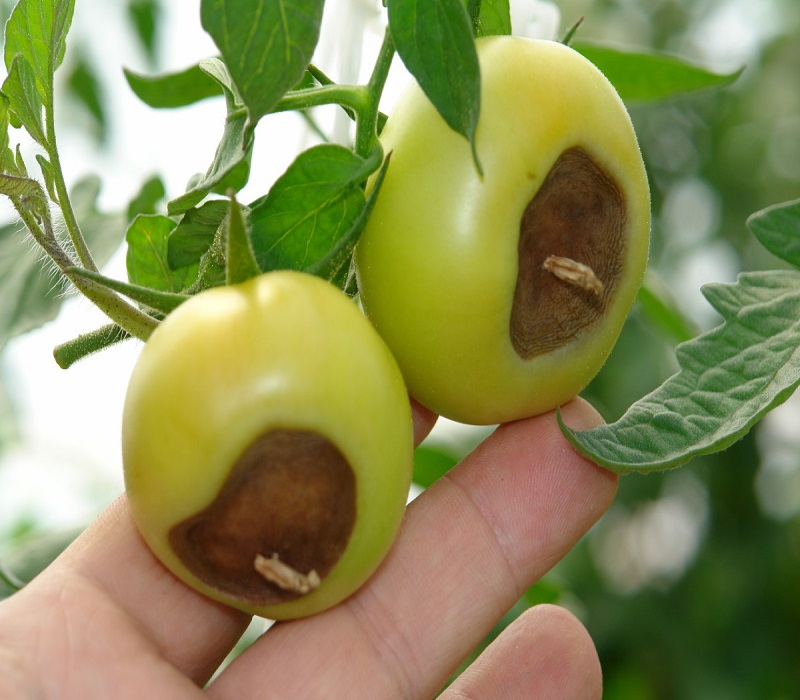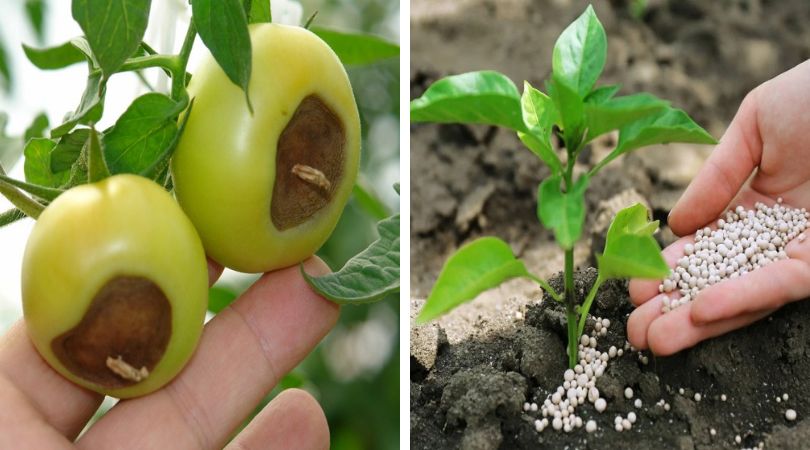Soil magnesium levels vary across the United States, with higher concerns in more humid places. Many plants require magnesium, therefore it’s important for gardeners to understand why and how to incorporate magnesium into the soil.
The first step in creating a healthy, flourishing garden is to get the soil tested to determine its pH and nutrient levels.
What Magnesium Does for Plants & Soil
Among the many necessary components for plant development, magnesium is crucial. Chlorophyll requires magnesium to develop, and without it, photosynthesis in leaves would be unable to occur. Some chlorophyll can form and photosynthesis can occur even if magnesium levels are insufficient, but without enough “food” the plant will be stunted and may not survive for very long.
In addition to facilitating the germination process, magnesium reinforces the cell walls of seeds and activates growth-promoting enzymes. Magnesium in soil and plants has an impact on humans and animals who consume those plants because magnesium contains some of the amino acids required for protein formation.
When plants don’t get enough magnesium, their protein levels and quality suffer.
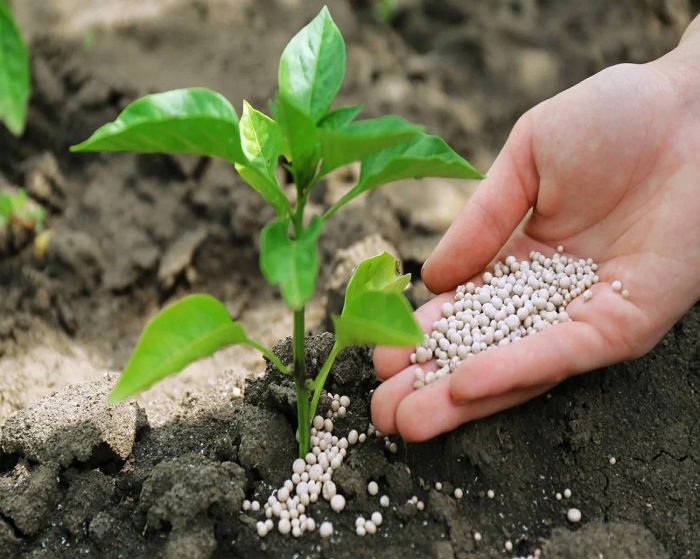
What forms does magnesium come in?
For use in gardening soil, magnesium can be found in both soluble and insoluble forms. Dolomitic lime is the preferred insoluble form because it contains magnesium while calcitic lime does not. Epsom salts, commonly known as magnesium sulfate, are a soluble form that also includes calcium and sulfur. Magnesium oxide and sulfate of potash magnesia are two other soluble forms.
This is why you should always check the nutrient and pH levels of your garden soil before planting anything. Soil that is already alkaline should not be treated with dolomitic lime, and soil that has an excess of potassium should not be treated with a chemical containing potassium oxide. It’s important to know the nutrient levels already present, such as calcium, so that you can add the right amount of magnesium. Guessing instead of testing can be harmful to the plants.
Soil that is poor in magnesium can be remedied by adding Epsom salts, which are widely available and have a high solubility and speed of action. Some caution is warranted, though, before you start using Epsom salts. Although there is some evidence that Epsom salts improve plant health, this is highly dependent on the plant’s overall nutritional status.
Soils low in magnesium, for instance, are frequently older, acidic soils. Using dolomitic limestone and waiting for as long as it takes (lime amendments work slowly) to alter the pH and magnesium levels may be the best course of action in such a situation. In this situation, using Epsom salts would not alter the pH significantly, making the soil unusable for many types of plants. The disadvantage of utilizing dolomitic lime is that you must monitor the soil’s calcium levels; adding organic matter to amend the soil can be an alternative to using dolomitic lime.
If pH isn’t an issue but magnesium is, consider applying Sul-Po-Mag, a fertilizer comprising sulfur, potassium, and magnesium; Epsom salts won’t remedy severe deficits. In addition, if you decide to use Epsom salts, remember to use them carefully and according to the specific formulations suggested for each plant. For instance, some plants thrive with an infusion of magnesium into the soil, while others respond better to a foliar spray.
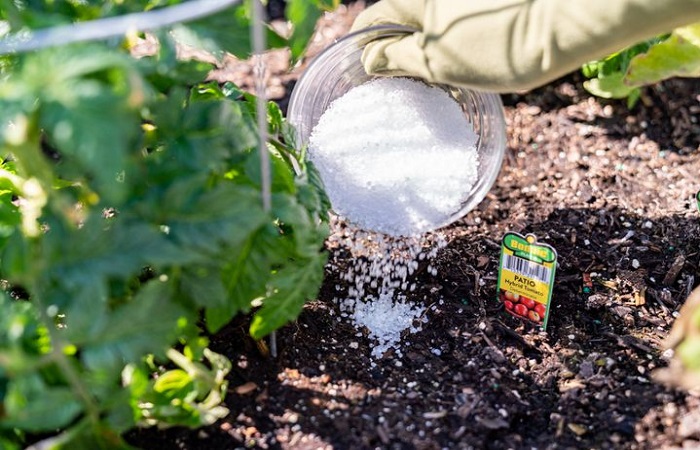
How Does a Plant Show Magnesium Deficiency?
When magnesium levels in the soil drop too low, certain plants’ leaves turn yellow and curl. The leaves of certain plants, such as leafy greens and legumes, turn yellow but the veins remain green due to a condition called interveinal chlorosis. A rosy hue could develop on the leaves over time. Sometimes the only indication that a plant lacks magnesium is a general sense that it isn’t thriving.
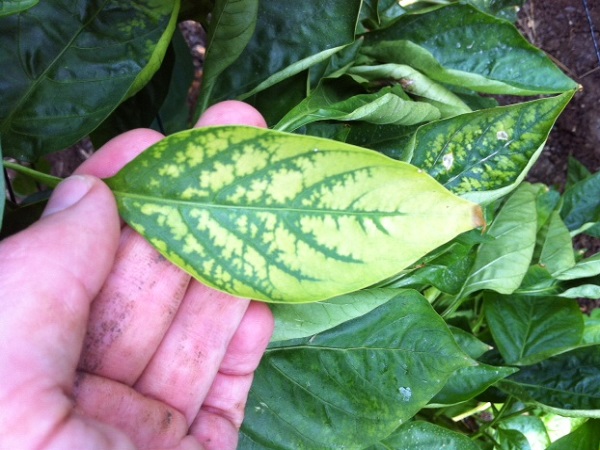
How Do You Fix Soil That Is Low in Magnesium?
Both soil amendment and foliar spraying are necessary; however, the choice between the two is influenced by the soil’s pH and general nutritional profile. It’s important to know the levels of all of these nutrients in the soil before adding any one of them because they all have an impact on the plant.
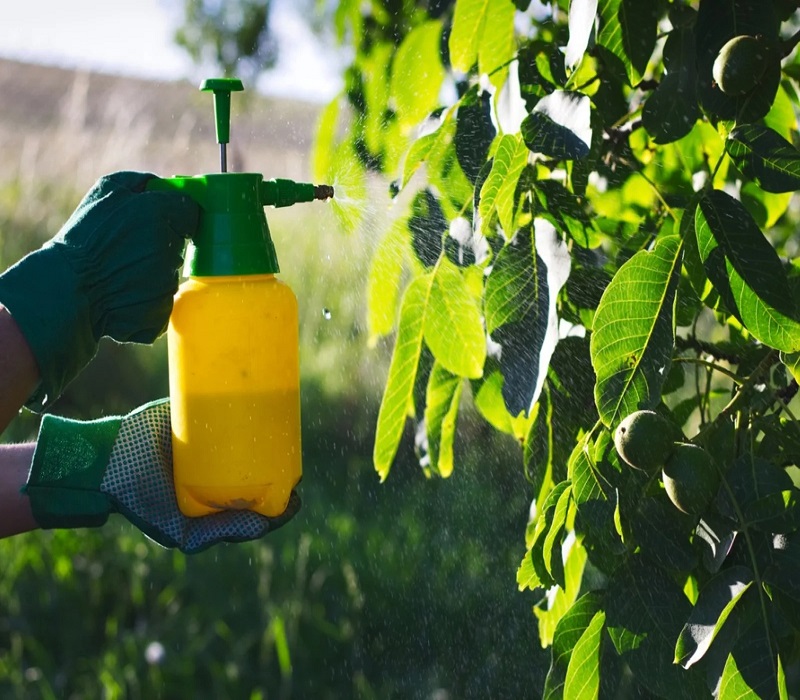
Is Too Much Magnesium Harmful to Plants?
Magnesium is an essential mineral, but consuming too much of it can be harmful. Excessive magnesium levels are not extremely frequent, but they are still something you should watch out for.
For instance, too much magnesium in the soil hinders plants’ ability to absorb water (magnesium chloride runoff from road deicers and dust suppressors into tree-populated regions is a specific issue), which in turn limits the amount of calcium the plant can absorb. This decreased calcium might cause issues like tomato blossom-end rot. Although Epsom salts are often recommended as a treatment for blossom-end rot, it’s important to keep in mind that they can actually exacerbate the problem.
Magnesium supplements, like other nutrients, can be both beneficial and hazardous. In order to maximize your chances of growing a prosperous garden, you should do a soil test beforehand and make a detailed plan.
